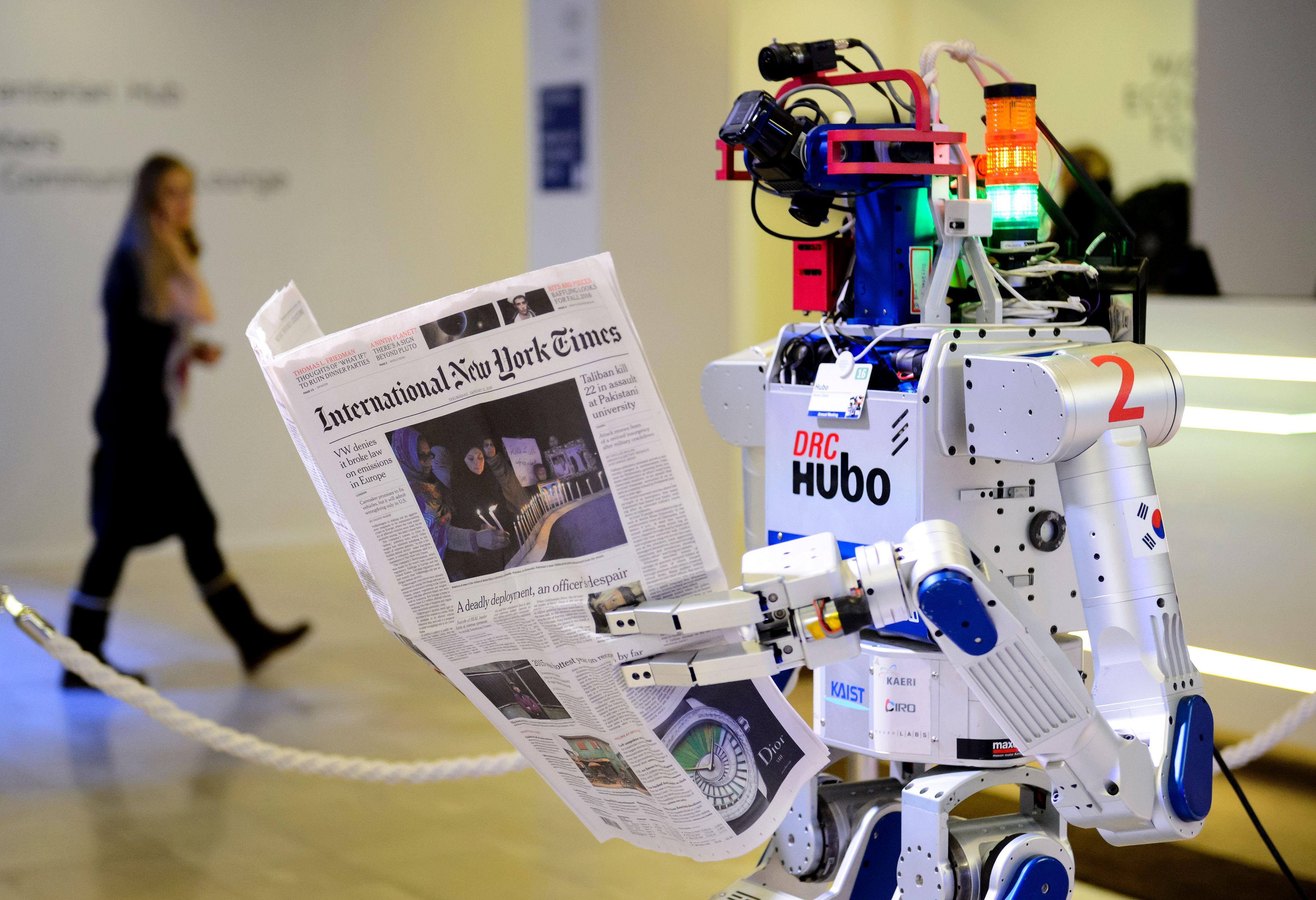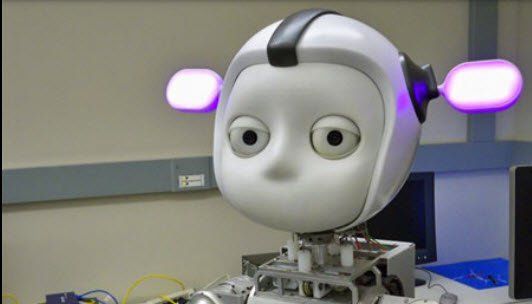Feb 15, 2016
Brain stimuator helps Parkinsons patients improve quality of life
Posted by Karen Hurst in categories: biotech/medical, health, neuroscience
Good news and hope for Parkinson disease patients.
Erika Jucumin, a physician assistant at Neurology Associates in Ormond Beach, programs and monitors a deep brain stimulator for patients with Parkinson’s disease, dystonia and other neurological disorders.
As a result, Jacumin said she has seen many amazing turn-arounds in patients’ health. She spoke to The News-Journal about the device.
Continue reading “Brain stimuator helps Parkinsons patients improve quality of life” »

















